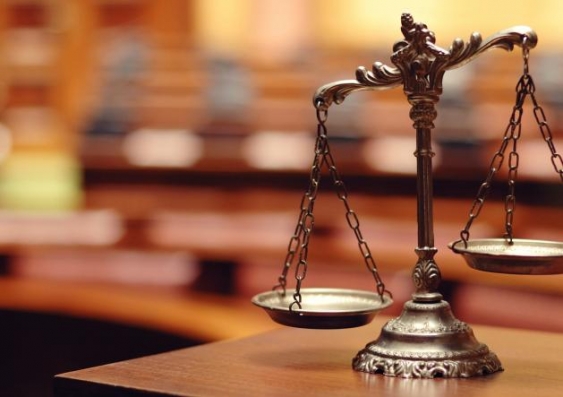High Court in closer agreement – new statistics
The High Court’s approach to decision-making has reflected high levels of agreement between its members, with an increase in unanimous decisions in 2014, an annual study of the court’s decisions has found.


